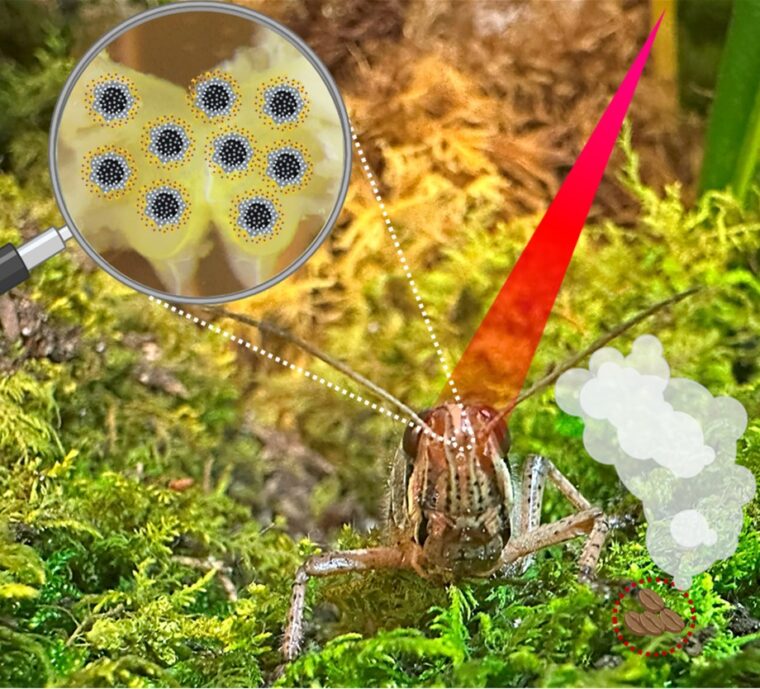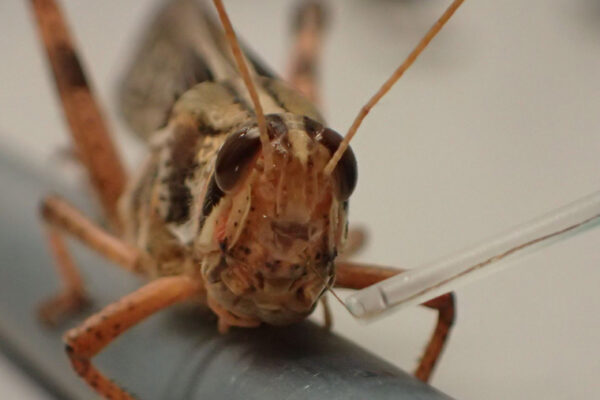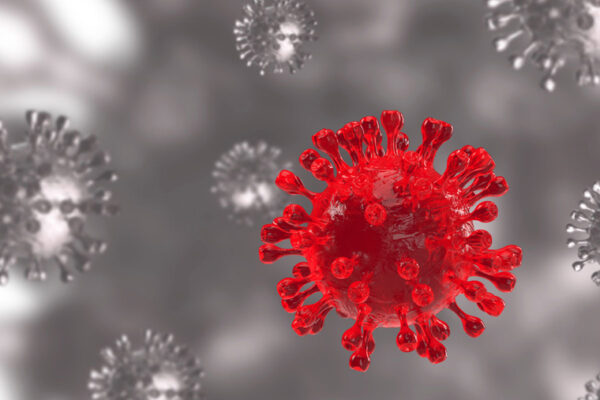Srikanth Singamaneni and Barani Raman, both professors at the McKelvey School of Engineering at Washington University in St. Louis, led a team that harnessed the power of specially made nanostructures to enhance the neural response in a locust’s brain to specific odors and to improve their identification.
Results of the research were published in Nature Nanotechnology Jan. 25.
Singamaneni, the Lilyan & E. Lisle Hughes Professor in the Department of Mechanical Engineering & Materials Science, and Raman, a professor of biomedical engineering, have collaborated for years with Shantanu Chakrabartty, the Clifford W. Murphy Professor in the Preston M. Green Department of Electrical & Systems Engineering, to harness the superior sensing capabilities of the locust olfactory system. Recently, they demonstrated the feasibility of using a bio-hybrid electronic nose for sensing explosive vapors.
In this research, the nanostructures can absorb light and create heat, known as the photothermal effect, and act as containers to store and release chemicals on demand.
Read more on the McKelvey School of Engineering website.



